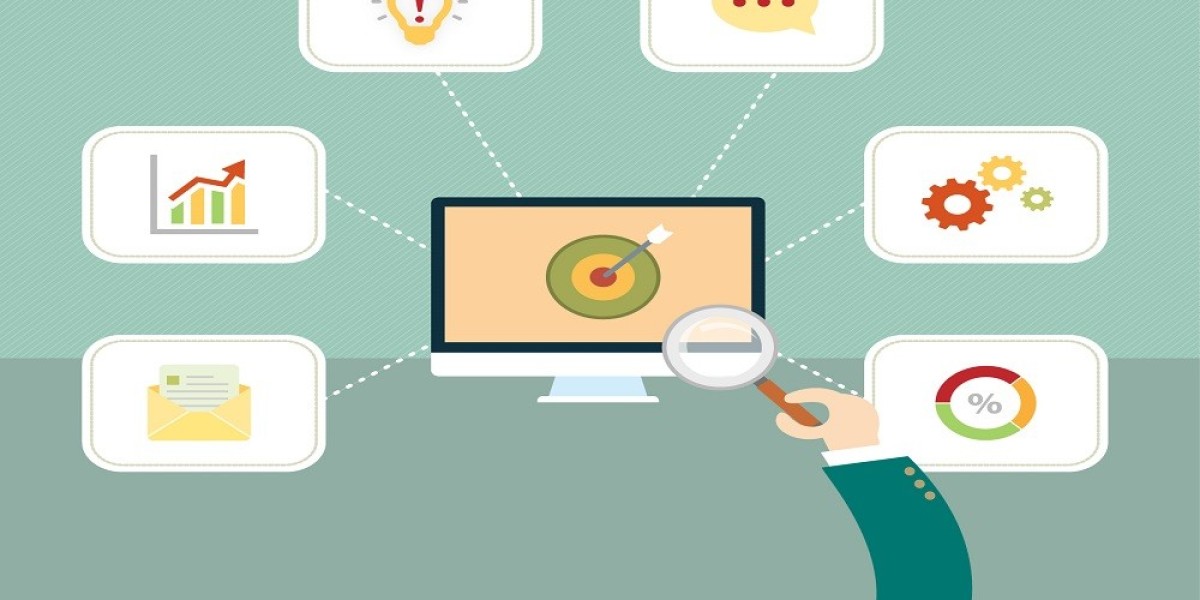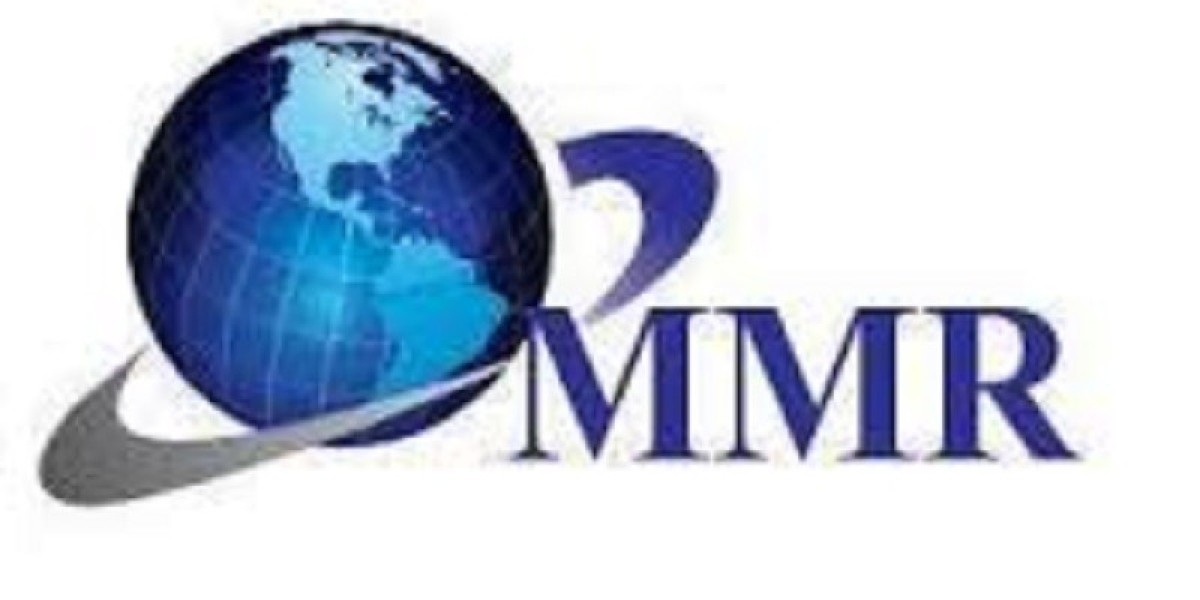Accurate demand prediction is critical for firms looking to optimize operations, cut costs, and improve customer happiness. With the advancement of technology, various forecasting tools have emerged to assist companies in making precise demand forecasts. This blog will explore some of the best forecasting tools for accurate demand prediction, discuss the different types of demand forecasting, and highlight how these tools can be leveraged for optimal business performance.
Understanding Demand Forecasting
Demand forecasting involves predicting future customer demand using historical data, market trends, and statistical or machine-learning techniques. Accurate demand forecasting enables businesses to plan their production schedules, manage inventory levels, and allocate resources effectively. There are several types of demand forecasting, each suited to different business needs and data availability.
Types of Demand Forecasting
Qualitative Methods
Overview: These demand forecasting types rely on expert judgment, market insights, and subjective analysis. They are particularly useful when historical data is limited or unavailable.
Examples: Delphi method, market surveys, and expert panels.
Applications: Ideal for new product launches, niche markets, and industries with rapidly changing trends.
Significance: Provides valuable insights when numerical data is scarce, leveraging expert knowledge and intuition.
Quantitative Methods
Overview: These demand forecasting techniques use numerical data and statistical methods to make predictions.
Examples: Time series analysis, causal models, and machine learning.
Applications: Best suited for established products and markets with predictable demand patterns.
Significance: Data-driven and objective, providing accurate forecasts based on historical trends and patterns.
Best Forecasting Tools for Accurate Demand Prediction
1. Excel-Based Forecasting Tools
Excel remains one of the most versatile and widely used forecasting tools. With its array of functions, add-ins, and ease of use, Excel can handle various types of demand forecasting, from simple moving averages to more complex regression analysis.
Features: Functions like FORECAST, TREND, and Solver add-in for optimization.
Advantages: User-friendly, highly customizable, and integrates well with other business software.
Applications: Suitable for small to medium-sized businesses looking for cost-effective and flexible demand forecasting solutions.
2. SAP Integrated Business Planning (SAP IBP)
SAP IBP is a comprehensive forecasting tool designed for large enterprises. It integrates demand forecasting with supply chain management, allowing businesses to create accurate and real-time demand plans.
Features: Advanced statistical forecasting models, machine learning algorithms, and real-time data integration.
Advantages: Scalable, integrates seamlessly with other SAP modules, and offers robust analytics capabilities.
Applications: Ideal for large enterprises with complex supply chains and significant data volumes.
3. Oracle Demantra
Oracle Demantra is a demand management and forecasting tool that leverages advanced statistical models and machine learning techniques to generate accurate demand forecasts.
Features: Automated forecasting, collaborative planning, and real-time data analysis.
Advantages: High accuracy, supports collaborative forecasting, and integrates with other Oracle ERP solutions.
Applications: Suitable for businesses looking for a sophisticated and comprehensive demand forecasting solution.
4. Forecast Pro
Forecast Pro is a dedicated demand forecasting tool that provides a range of statistical models and forecasting techniques. It is designed to be user-friendly while offering powerful forecasting capabilities.
Features: Time series analysis, causal models, and advanced statistical methods.
Advantages: Easy to use, provides detailed reporting and analytics, and offers excellent customer support.
Applications: Suitable for businesses of all sizes looking for an intuitive and reliable demand forecasting tool.
5. IBM Planning Analytics
IBM Planning Analytics, powered by TM1, is an integrated forecasting tool that uses advanced analytics and machine learning to provide accurate demand predictions.
Features: Real-time data analysis, predictive analytics, and collaborative planning.
Advantages: Scalable, integrates well with other IBM solutions, and offers advanced analytics capabilities.
Applications: Ideal for large enterprises looking for a robust and scalable demand forecasting solution.
6. Kinaxis RapidResponse
Kinaxis RapidResponse is a cloud-based supply chain management tool that includes powerful demand forecasting capabilities. It leverages real-time data and advanced analytics to provide accurate demand forecasts.
Features: Scenario planning, real-time data integration, and machine learning algorithms.
Advantages: High accuracy, real-time visibility, and excellent scalability.
Applications: Suitable for businesses with complex supply chains and dynamic demand patterns.
7. JDA Demand
JDA Demand, now part of Blue Yonder, is a comprehensive demand forecasting tool that uses advanced algorithms and machine learning to generate accurate demand forecasts.
Features: Automated forecasting, real-time data analysis, and collaborative planning.
Advantages: High accuracy, supports real-time data integration, and offers robust analytics capabilities.
Applications: Ideal for large enterprises with complex demand forecasting needs.
8. SAS Forecasting for Inventory
SAS Forecasting for Inventory is a powerful tool designed specifically for inventory management. It uses advanced statistical models and machine learning techniques to forecast demand accurately and optimize inventory levels.
Features: Time series analysis, causal models, and machine learning algorithms.
Advantages: High accuracy, integrates well with other SAS solutions and provides detailed reporting and analytics.
Applications: Suitable for businesses looking to optimize inventory management through accurate demand forecasting.
How These Tools Enhance Demand Forecasting
Real-Time Data Integration
Modern forecasting tools offer real-time data integration, allowing businesses to update their forecasts continuously based on the latest market conditions and consumer behavior. This capability enhances the responsiveness of demand forecasting, enabling companies to adapt quickly to changes in demand.
Advanced Analytics and Machine Learning
Many forecasting tools leverage advanced analytics and machine learning algorithms to analyze large datasets and identify complex patterns. These capabilities improve the accuracy of demand forecasts by providing deeper insights into market trends and consumer behavior.
Collaborative Planning
Collaborative planning features in forecasting tools enable businesses to share data and insights across different departments and supply chain partners. This collaboration improves forecast accuracy by incorporating diverse perspectives and ensuring alignment across the supply chain.
Scalability
Forecasting tools are designed to scale with the needs of the business, making them suitable for companies of all sizes. Whether a small business or a large enterprise, these tools can handle increasing data volumes and complexity, providing accurate and reliable demand forecasts.
Choosing the Right Forecasting Tool
Evaluate Business Needs
When selecting a forecasting tool, it is crucial to evaluate the specific needs of the business. Consider factors such as the size of the business, the complexity of the supply chain, and the availability of historical data.
Consider Ease of Use
The ease of use of a forecasting tool is an important consideration, especially for businesses with limited technical expertise. Tools with user-friendly interfaces and comprehensive support can help ensure successful implementation and usage.
Assess Integration Capabilities
Integration capabilities are essential for ensuring that the forecasting tool can work seamlessly with existing business systems. Look for tools that offer robust integration options with ERP, CRM, and other business software.
Analyze Cost and Scalability
The cost and scalability of a forecasting tool are important factors to consider. Ensure that the tool fits within the budget and can scale with the growth of the business.
Conclusion
Accurate demand forecasting is crucial for effective business planning and operations. By leveraging the best forecasting tools, businesses can improve their demand prediction capabilities, optimize inventory management, enhance production planning, and increase customer satisfaction. Understanding the different types of demand forecasting and selecting the right tool for the job can provide a significant competitive advantage and drive long-term success.
FAQs
1. What are the main types of demand forecasting? The main types of demand forecasting include qualitative methods, such as expert judgment and market surveys, and quantitative methods, such as time series analysis, causal models, and machine learning.
2. Why is demand forecasting important for businesses? Demand forecasting is important because it helps businesses optimize inventory levels, enhance production planning, improve supply chain coordination, and make informed financial decisions, leading to reduced costs and increased customer satisfaction.
3. How do forecasting tools enhance demand forecasting? Forecasting tools enhance demand forecasting by offering real-time data integration, advanced analytics and machine learning capabilities, collaborative planning features, and scalability, ensuring accurate and reliable demand predictions.
Predict your sales volume and demand trends with our Artificial Intelligence-based SaaS platform visit: https://thousense.ai/
Source: https://diigo.com/0wr3wt








